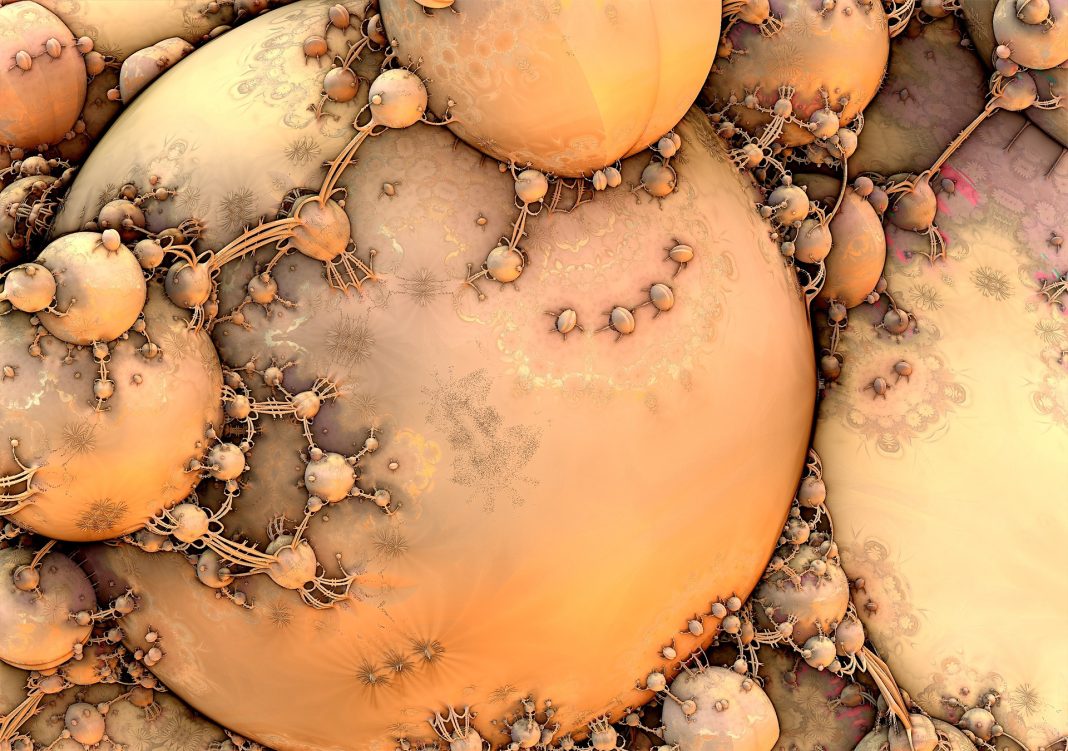Researchers searching for new antibiotics may only need to look as far as other bacteria for inspiration, as investigators at the Scripps Research Florida Campus have found soil bacteria harboring a potential game-changer for drug design. While studying natural products made by various organisms, the researchers uncovered bacteria-derived molecules called thiocarboxylic acids, which they suggest could help build better drugs. The findings from the new study were published today in Nature Communications, in an article entitled “Biosynthesis of Thiocarboxylic Acid-Containing Natural Products.”
“We use natural products as an inspiration for chemistry, biology, and drug discovery,” explained senior study investigator Ben Shen, Ph.D., professor, and co-chair of the department of chemistry at Scripps Research.
Thiocarboxylic acids caught Dr. Shen's attention because of their rarity in nature and similarity to lab-made molecules called carboxylic acids. Carboxylic acids are good “warheads” because they can home in on biological targets, making them a key ingredient in many antibiotics, heart disease medications, and more.
The research team took a closer look at two natural products, platensimycin (PTM) and platencin (PTN), that have been extensively investigated as potential antibiotics. Much to their surprise, PTM and PTN, which have been known for over a decade to be carboxylic acids, are actually made by bacteria as thiocarboxylic acids. In this study, the researchers revealed, for the first time, the exact genes, and the enzymes they encode, that bacteria use to create thiocarboxylic acids.
![A culture of a thiocarboxylic acid–producing strain of bacteria. [Shen Lab/The Scripps Research Institute]](https://genengnews.com/wp-content/uploads/2018/08/173297_web1132321120-1.jpg)
A culture of a thiocarboxylic acid–producing strain of bacteria. [Shen Lab/The Scripps Research Institute]
“Thiocarboxylic acid-containing natural products are rare, and their biosynthesis and biological significance remain unknown,” the authors wrote. “Thioplatensimycin (thioPTM) and thioplatencin (thioPTN), thiocarboxylic acid congeners of the natural antibacterial products platensimycin (PTM) and platencin (PTN), were recently discovered.”
The authors continued, reporting on the “biosynthetic origin of the thiocarboxylic acid moiety in thioPTM and thioPTN. We identify a thioacid cassette encoding two proteins, PtmA3 and PtmU4, responsible for carboxylate activation by coenzyme A and sulfur transfer, respectively. ThioPTM and thioPTN bind tightly to β-ketoacyl-ACP synthase II (FabF) and retain strong antibacterial activities.”
From there, the scientists set out to test whether nature-made thiocarboxylic acids could also act as biological warheads. The researchers discovered that, like antibiotics, PTM and PTN thiocarboxylic acids appeared to bind to their biological targets even better than their carboxylic acid counterparts.
“That was exciting to see,” Dr. Shen noted. “We've now identified thiocarboxylic acids as natural products that can be used as drugs, and thiocarboxylic acids as warheads should be applicable to man-made drugs as well.”
Interestingly, thiocarboxylic acids appear to have been hiding in plain sight. The molecules were thought to be rare and have not been appreciated to date as a family of natural products. Thanks to the current findings, the researchers now know how these products are made in nature. Upon searching databases of bacterial genomes, the researchers found that many species of bacteria around the world have the genes to produce thiocarboxylic acids.
“There are many, many thiocarboxylic acid, natural products waiting to be discovered, making them a treasure trove of potential new drug leads or drugs” Dr. Shen concluded.






